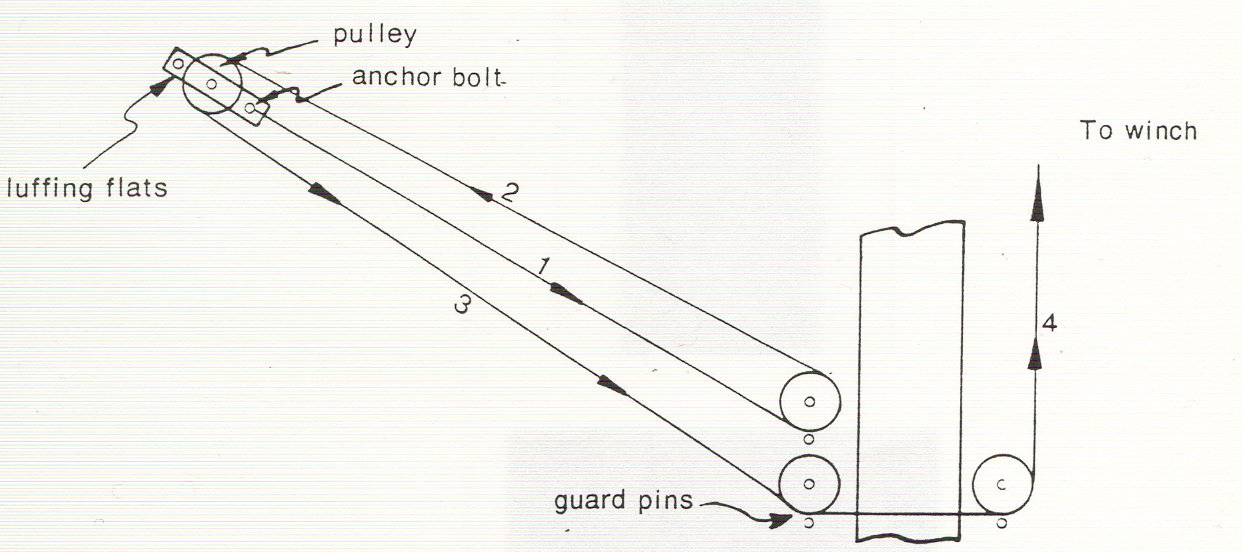Luffing
As luffing the change in direction of a sailing vessel to windward is called. This is a routing of the vessel is higher to the wind, so the wind is backing (more from the front) is incident. The luff has its end when the kill sail ( the sail in the wind " flutter ").
Special feature of sailing boats:
Experiences the sailing yacht or dinghy a squall, so the boat to leeward ( facing away from the windward side ) starts to heel, which causes an unchanged rudder position, a luffing the boat. In Regatta trips can be of relevance, since you can go at this moment at higher wind than before the squall. However, this behavior can also lead to an uncontrolled turning when you get the luff allowed in this case, and the squall is over. Vehicle is in front of the squall on the "kill limit" (the height to the wind, before the sailing kill ), one has exceeded this limit after the squall and the headsail can stand back, which can inevitably lead to a Leegierigkeit and associated turnaround.
When dropping the change in direction of a sailing vessel to leeward is called. This is a change of course of the ship away from the wind so that the wind more lateral or more incident from the rear.
The windward side ( side of the ship, on which the wind blows ) does not change the luff and at the fall.
- Ship maneuvers
- Sailing



%252520Data%252520sheet_clip_image006.gif)



%252520Data%252520sheet_clip_image008.gif)


